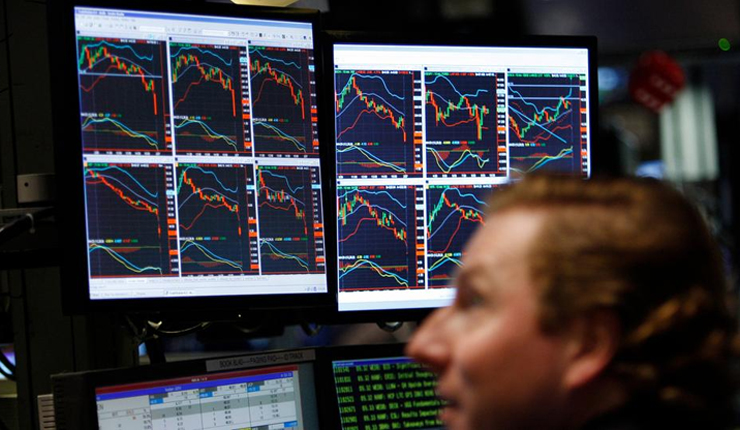The world has witnessed a number of crises since the World War two, which have never seen such a complicated situation, Professor of macroeconomics at Amsterdam University Roel Beetsma told AFP.
The current year was supposed to be the comeback year for the world economy following the COVID pandemic.
Late February 2022, the world has witnessed the Russian-Ukrainian war, which recorded inflation and climate-linked disasters, while their effects will influence the world with more pain in 2023.
Year 2022 was described as a “polycrisis” year, according to a term popularised by historian Adam Tooze.
“Everything has become more expensive, from cream to wine and electricity,” said Nicole Eisermann from her stand at the Frankfurt Christmas market.
The consumer prices began to rise in 2021 as countries emerged from lockdowns or other restrictions, after the COVID economic crisis of 2020.
In February, the Russia’s invasion war has sent energy and food prices soaring, as the inflation has finally started to slow down in the United States and the eurozone.
Economists expect Germany and another major eurozone economy, Italy, to fall into recession. Britain’s economy is already shrinking. Rating agency S&P Global foresees stagnation for the eurozone in 2023.
